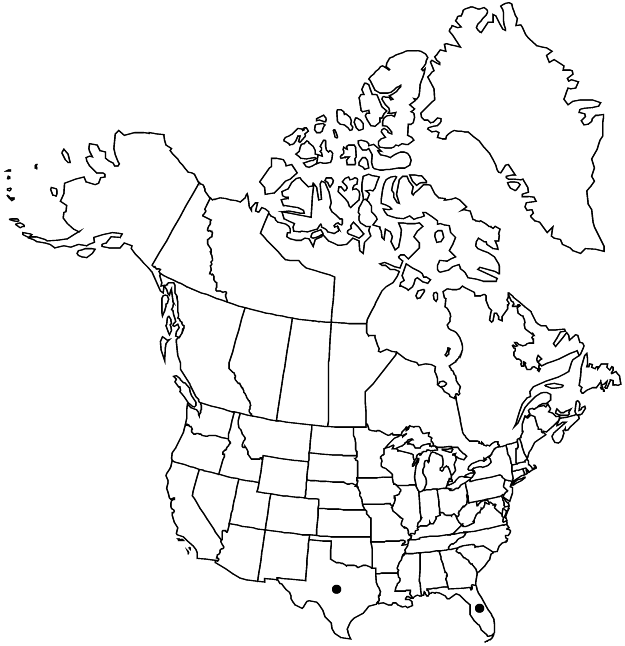Difference between revisions of "Sideroxylon celastrinum"
in Organization for Flora Neotropica, Fl. Neotrop. 52: 123. 1990,.
imported>Volume Importer |
imported>Volume Importer |
||
| Line 1: | Line 1: | ||
{{Treatment/ID | {{Treatment/ID | ||
|accepted_name=Sideroxylon celastrinum | |accepted_name=Sideroxylon celastrinum | ||
| − | |accepted_authority=(Kunth) T. D. Pennington | + | |accepted_authority=(Kunth) T. D. Pennington |
|publications={{Treatment/Publication | |publications={{Treatment/Publication | ||
|title=in Organization for Flora Neotropica, Fl. Neotrop. | |title=in Organization for Flora Neotropica, Fl. Neotrop. | ||
| Line 46: | Line 46: | ||
-->{{#Taxon: | -->{{#Taxon: | ||
name=Sideroxylon celastrinum | name=Sideroxylon celastrinum | ||
| − | |authority=(Kunth) T. D. Pennington | + | |authority=(Kunth) T. D. Pennington |
|rank=species | |rank=species | ||
|parent rank=genus | |parent rank=genus | ||
| Line 60: | Line 60: | ||
|publication year= | |publication year= | ||
|special status= | |special status= | ||
| − | |source xml=https:// | + | |source xml=https://bitbucket.org/aafc-mbb/fna-data-curation/src/2e0870ddd59836b60bcf96646a41e87ea5a5943a/coarse_grained_fna_xml/V8/V8_490.xml |
|genus=Sideroxylon | |genus=Sideroxylon | ||
|species=Sideroxylon celastrinum | |species=Sideroxylon celastrinum | ||
Latest revision as of 23:44, 5 November 2020
Shrubs or trees, to 10 m. Stems armed, villous, glabrescent. Leaves deciduous; petiole 1–6.5 mm, glabrous; blade (dark green adaxially), broadly elliptic, obovate, oblanceolate, or spatulate, 6–38 × 3–23 mm, base attenuate to cuneate, margins plane, apex rounded to obtuse, surfaces glabrous, tertiary and smaller veins not prominent (inconspicuously reticulate), midrib flat, marginal vein present. Inflorescences 4–12-flowered. Pedicels 3–6 mm, glabrous. Flowers: calyx 1.8–3 mm diam.; sepals 5, 1.7–3 × 0.9–1.9 mm, glabrous; petals 5(–6), white to yellowish, median segment elliptic, 1.9–2.3 mm, lateral segments lanceolate, 1.3–2.3 mm; stamens 5(–6), 2.2–2.9 mm; staminodes lanceolate, 1.7–2.1 mm, minutely erose; anthers lanceolate, 0.7–1 mm; pistil 5-carpellate; ovary 5-locular, 0.9–1.3 mm, hirsute to strigose basally; style 2.2–2.8 mm. Berries purple to purplish black, ellipsoid, 8–12 mm, glabrous. Seeds 6–11 mm.
Phenology: Flowering May–Nov.
Habitat: Scrub thickets, coastal marshes and hammocks
Elevation: 0-100[-900] m
Distribution

Fla., Tex., Mexico, West Indies, Central America, n South America.
Discussion
Sideroxylon celastrinum is widespread in the Neotropics. It differs from other North American species of the genus by its glabrous twigs, leaves, pedicels, and sepals, and its narrowly ellipsoid fruits. The fruits are edible (T. D. Pennington 1990).
Selected References
None.